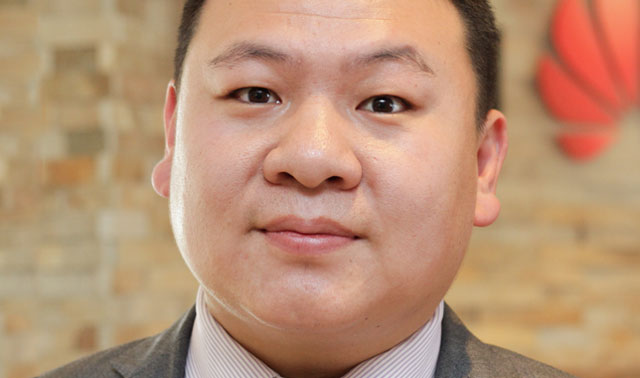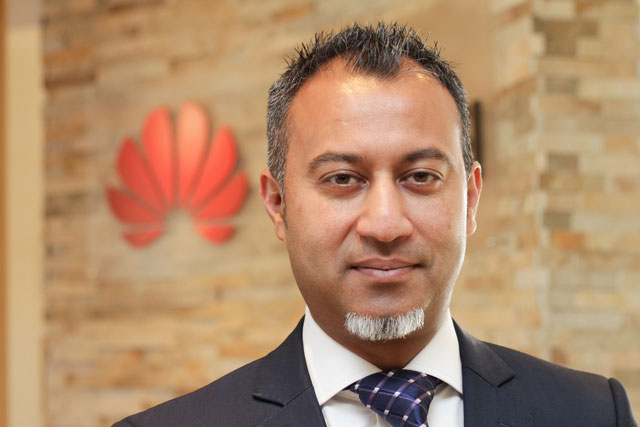
China’s Huawei, which lost ground in South Africa relative to some of its smartphone rivals over the Christmas sales season — pushing it into fourth place in terms of shipments — has vowed to fight back in 2015 with an aggressive marketing plan and new models, including a high-end “phablet” to take on Samsung’s Galaxy Note 4 and Apple’s iPhone 6 Plus.
The company has vowed it will end the year as the second biggest unit seller of smartphones in South Africa, taking back ground it’s conceded in recent months. It says that although it’s still improved its sales performance, market statistics for December show it failed to grow as fast as the market.
Part of the growth plan includes improving Huawei’s brand awareness and image among consumers. It also intends launching new devices, including the Ascend Mate7 “phablet”, in the coming months as it tries to grow its share of the smartphone market at the high end and in the midtier, says Huawei Device MD for East Africa and South Africa Peter Hu.
The Mate7 will be the first new device out of the gates. The premium, large-screen Android smartphone will go on sale through South African operators in late February and early March and is intended to compete with the best on offer from rivals.
Perhaps its biggest selling point is its 4 100mAh battery, which promises users two full days of use between charges. But it also comes with a 6-inch HD display, advanced fingerprint sensor, the latest 4G/LTE technology (category 6) and all the communications options users would expect.
Vodacom and MTN are ranging a single-Sim version of the Mate7, while Cell C has elected to take a better-specced dual-Sim gold-coloured version that comes with 3GB instead of the usual 2GB of RAM. The Cell C version also comes with twice the storage space, 32GB vs 16GB.
Huawei South Africa director of product marketing Yudi Rambaran says South Africans buy between 17 000 and 20 000 phablets a month. “It’s a niche market, but we are targeting 20% market share in that space.”
Huawei’s flagship smartphone in South Africa in 2014 was the ultra-slim Ascend P7. The company also introduced the more affordable G6, which offered a similar design at a lower price.
Rambaran says sales of the P7 got of to a “slow start”.

“We are still building brand equity in this market,” he says. “From 2013 to 2014, we went from 26% to 84% brand recognition, according to Ipsos research. That supported a growth in our sales. Seven months after P7 launch, the product is flying now, selling over 10 000/month.”
He says Huawei still has some way to go, however, in getting its brand in front of consumers. “They are accustomed to hearing Apple and Samsung in the premium smartphone space. That is what we aim to drive — creative awareness around the product.”
That means spending more money on sponsorship and engaging with the youth market it wants to target. Huawei recently announced it had signed up as the official technology supplier to the top five South African rugby unions in the Currie Cup and Super Rugby competitions. It’s also sponsoring youth events such as concerts and underground dance parties.
Huawei also intends being more aggressive in the tablet space in South Africa this year, including bringing the forthcoming successor to the high-end MediaPad X1 to the local market. It also plans to launch the expected follow-up to last year’s B1 TalkBand in South Africa. — (c) 2015 NewsCentral Media




